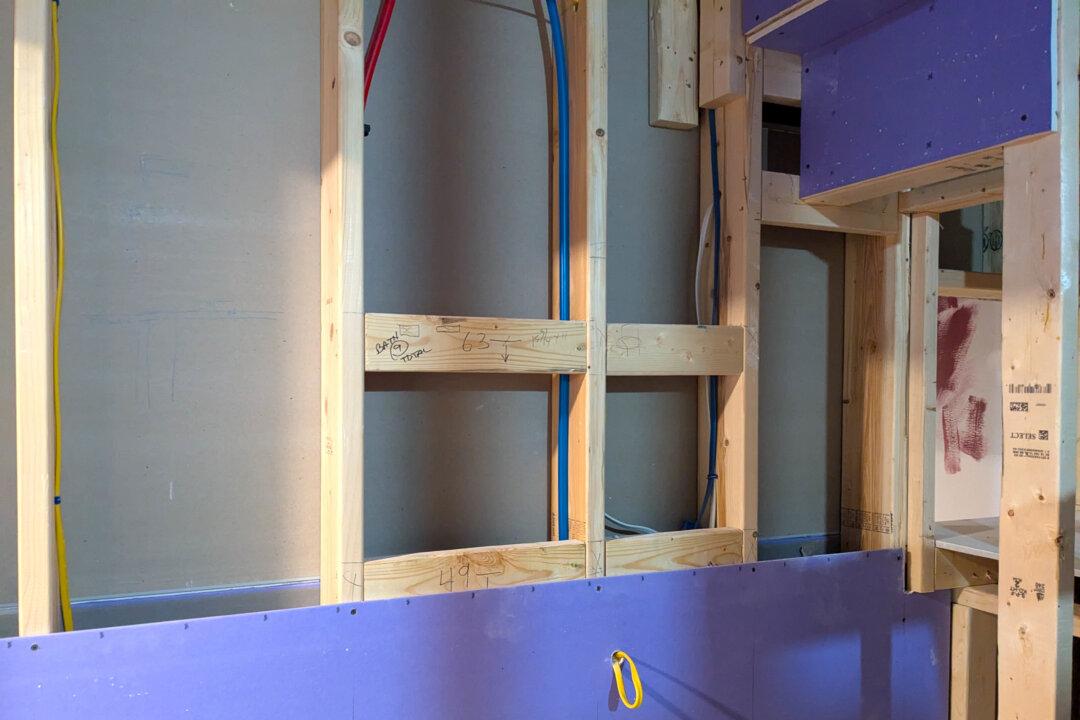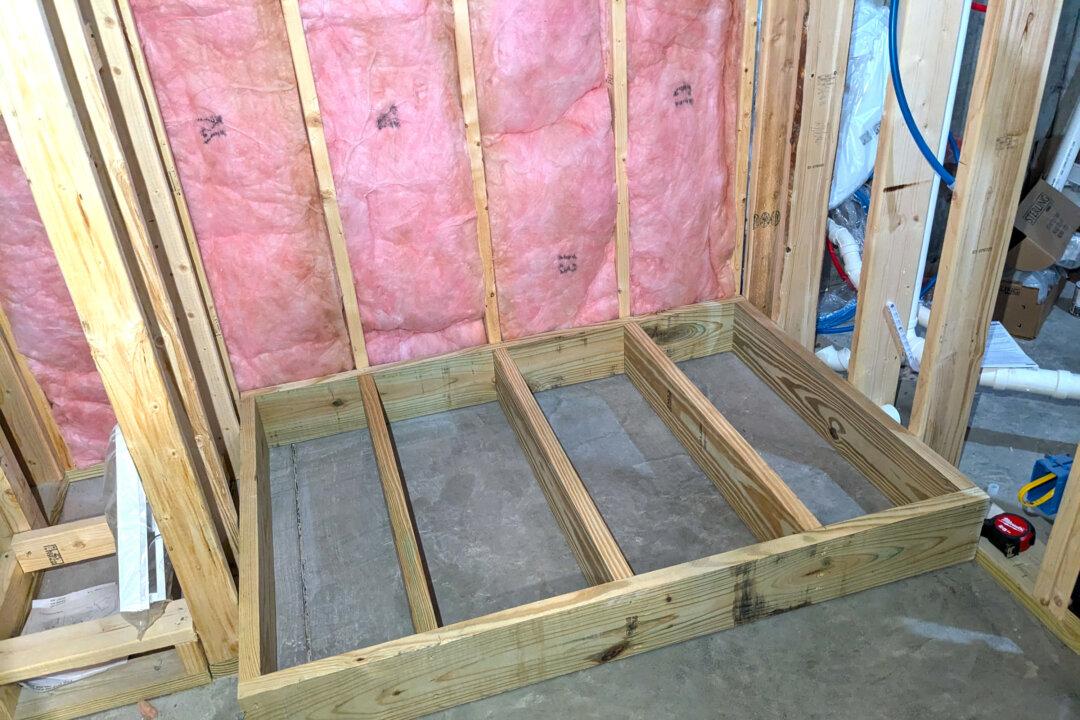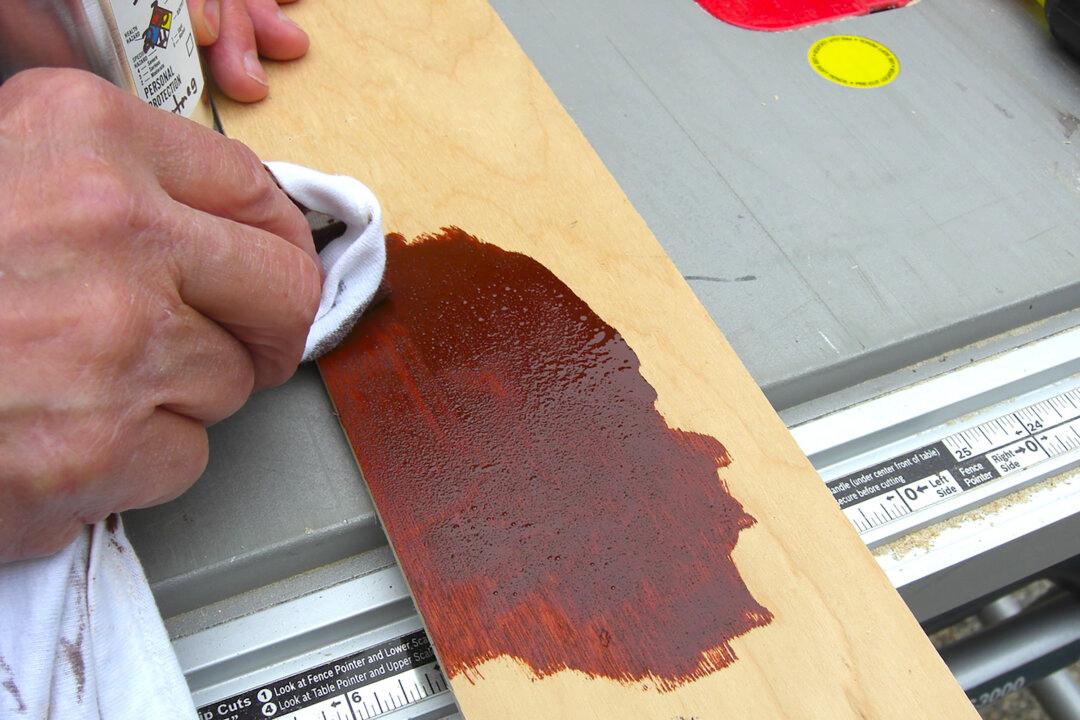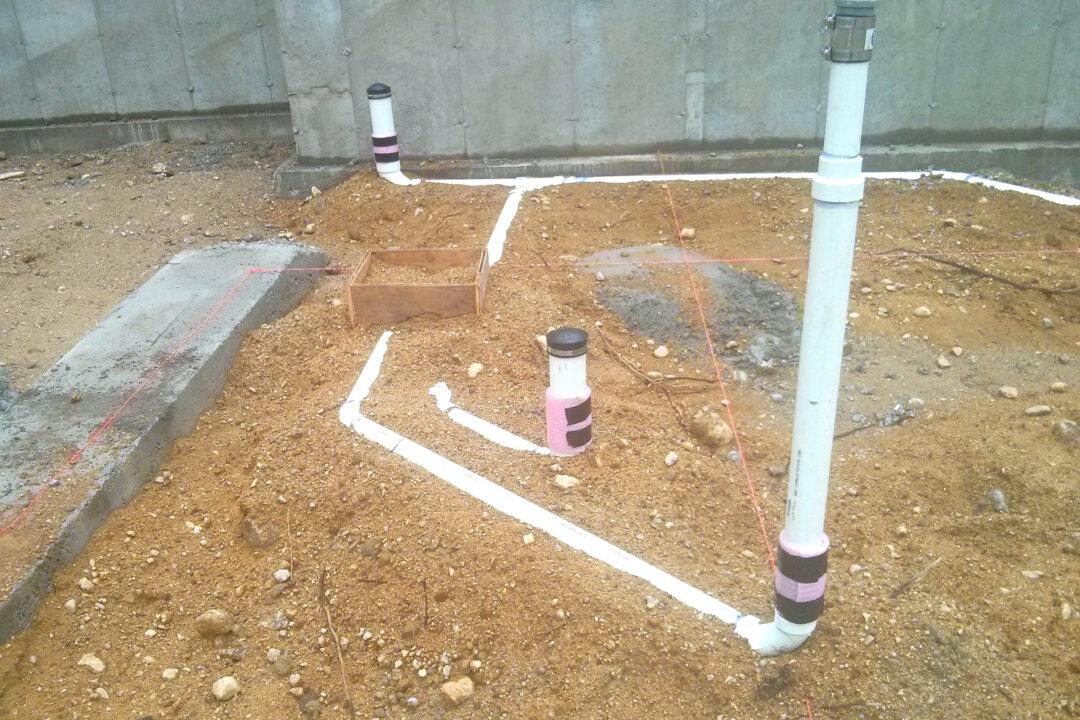My college major was geology. At the time I was in school, I had no idea how valuable this degree would be once I became a full-time builder. There’s a very good chance I was the only builder in Cincinnati who knew soil maps existed and how to interpret them.
A little-known fact about Cincinnati is that it has the highest incidence of houses damaged by landslides. California gets all the ink when winter storms cause houses to fall into the ocean, but Cincinnati is plagued by slow-moving landslides that affect thousands of parcels of land. A few decades ago, the most expensive retaining wall ever built was completed in Cincinnati. I’m not sure this record still stands, but it’s all because of poor soil conditions on many of Cincinnati’s hillsides. I was exposed to this reality while in college, and I’ve never forgotten it.
Your house has an intimate relationship with the ground: The two are constantly in contact. The foundations of all buildings connect to the earth. The ground must be able to support the weight of the building. If it doesn’t, the house will shift, which later will cause all sorts of expensive structural issues such as cracked foundation walls, doors and windows that don’t fit right, and tilted floors.
Years ago, I became friends with an intellectual property attorney. He and his wife purchased a lot from a large tract builder. The builder then built a large home for my friend. A few years later the attorney called me to come over and look at some disturbing things inside the home. The center of his basement floor had a huge hump in it. The center I-beam that ran the length of the house was twisted, and the 2x4 plate on top of it was only 7/8 inch thick due to being compressed. A massive crack extended from the foundation up to the roof.
It turns out this building lot used to be a deep ravine. The subcontractor who did all the cut and fill ground work made a massive mistake by bulldozing trees and brush into the ravine and then covering it up with dirt. My friend’s house was sinking into the ground as the dirt filtered down and filled all the voids around the trees.
When the hole was dug for his foundation, the ground looked fine, as the fill had been compacted at the time. The only way to have discovered this hidden time bomb was to consult a topographic map of the land before the developer purchased it. This map would have shown the ravine that was filled in. Even so, all might have been fine if no organic material had been covered over in the ravine. (And the only way to have verified that would be to hire a geotechnical engineer to take a core sampling of the soil.)
Several months ago, a visitor to AsktheBuilder.com asked for advice about pouring footings for a new house he was building. He had purchased a lot that had lots of mature trees on it. He cleared many trees to get ready to build, but he failed to remove all of the topsoil that would be under the house.
The photos he sent were deeply disturbing. He had dug the trenches for the footing and got down to the B horizon in the soil where there was no organic material. However, at one corner of the house he had not dug deep enough and was about to pour the concrete footing on topsoil.
The center of the excavation still had all sorts of topsoil and tree roots in it. He was going to pour the concrete slab on top of this mess! I pointed out all the mistakes I saw and we parted ways. I have no idea if he corrected the mistakes. If not, he’ll pay dearly down the road.
You don’t have to be a geologist to understand a soil map. Almost all counties in the United States have been mapped, and you can now obtain these invaluable building aids online for free. You’ll be able to locate your lot on the map with little effort. Once you do this, you can then see what soil is present. The map then tells you all the characteristics of the soil and how suitable it is for building.
Never build anything on topsoil. It contains organic material that can rot, and it’s not capable of supporting concentrated loads. Never build on soil that contains tree roots, or vegetation of any kind. If you’re digging in a clay-rich soil and experience a rotten-egg smell or other offensive odor, it could be rotting organic material in the clay. Invest the money on a consultation with a geotechnical engineer if you have the slightest suspicion that the soil is questionable.
Before you purchase a vacant lot, do lots of due diligence. If it’s a new subdivision, obtain the cut and fill plan from the developer. Avoid lots on fill dirt. Look to buy a lot on an area that was cut (i.e., soil was excavated), as there’s a very good chance the ground on that lot mimics the rock of Gibraltar! That’s a good thing so long as you’re not buying a lot that’s all ledge and solid bedrock that requires blasting! That’s the other extreme of bad soil.
Subscribe to Tim’s FREE newsletter at AsktheBuilder.com. Tim offers phone coaching calls if you get stuck during a DIY job. Go here: go.askthebuilder.com/coaching
©2023 Tim Carter. Distributed by Tribune Content Agency, LLC.





